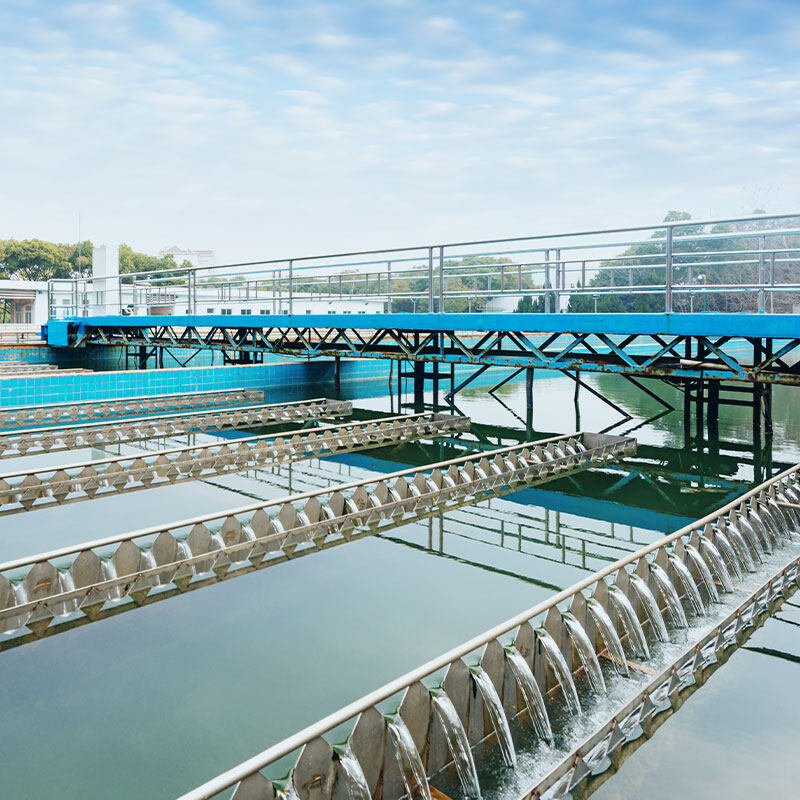Questions of Dissolved Oxygen in the Secondary Sedimentation Tank
The Primary Sedimentation Tank is generally set behind the grit chamber of the sewage treatment plant and before the aeration tank.
The Secondary Sedimentation Tank is set behind the aeration tank and before the advanced treatment or discharge.
QUESTION:Low Dissolved Oxygen in the Effluent of Secondary Sedimentation Tank
REASON 1:
The activated sludge stays in the secondary sedimentation tank for a long time, and the aerobic microorganisms in the sludge continue to consume oxygen, resulting in the decrease of dissolved oxygen in the effluent of the secondary sedimentation tank.
The countermeasure is to increase the amount of returned sludge and shorten the retention time.
REASON 2:
The working condition of the sludge suction (scraping) machine is not good, which causes that local sludge in the secondary sedimentation tank can not return in time, some sludge stays in the secondary sedimentation tank for a long time, aerobic microorganisms in the sludge continue to consume oxygen, resulting in a decrease in dissolved oxygen in the effluent of the secondary sedimentation tank.
The countermeasure is to repair the mud suction (scraping) machine in time to restore it to normal working condition.
REASON 3:
The sudden rise of water temperature will increase the oxygen consumption of aerobic microbial physiological activities, strengthen the anaerobic microbial activities in local anoxic areas, and finally lead to the decrease of dissolved oxygen in the effluent of the secondary sedimentation tank.
The countermeasure is to try to prolong the retention time of sewage in pre-treatment facilities such as homogenization regulation, make full use of the volume of the regulation tank to make high-temperature water circulate, or reduce the temperature by strengthening pre aeration to promote water vapor evaporation.
QUESTION:The Sudden Increase of BOD5 and COD in the Effluent of Secondary Sedimentation Tank.
REASON 1:
The amount of sewage entering the aeration tank suddenly increases, the organic load suddenly increases, or the concentration of toxic and harmful substances suddenly increases.
The countermeasure is to strengthen the monitoring of sewage quality and give full play to the role of the regulating pool to make the inflow as balanced as possible.
REASON 2:
Poor management of the aeration tank (such as insufficient aeration and oxygenation) leads to sudden rise of effluent.
The countermeasure is to strengthen the management of aeration tank and adjust various operating parameters in time.
REASON 3:
The secondary sedimentation tank is poorly managed (such as untimely scum cleaning, abnormal operation of mud scraper, etc.).
The countermeasure is to strengthen the management of the secondary sedimentation tank, conduct patrol inspection in time, and rectify the problems found immediately.
The secondary sedimentation tank is an important part of sewage treatment, which is mainly used to separate the sludge, make the mixed liquor clear, concentrate and return the activated sludge. Once the secondary sedimentation tank has mud running, mud floating, turbidity and other phenomena, its working effect can directly affect the effluent quality and return sludge concentration of the activated sludge system.
#QDEVU #SEWAGETREATMENT #WASTEWATERTREATMENT #WATERTREATMENT



